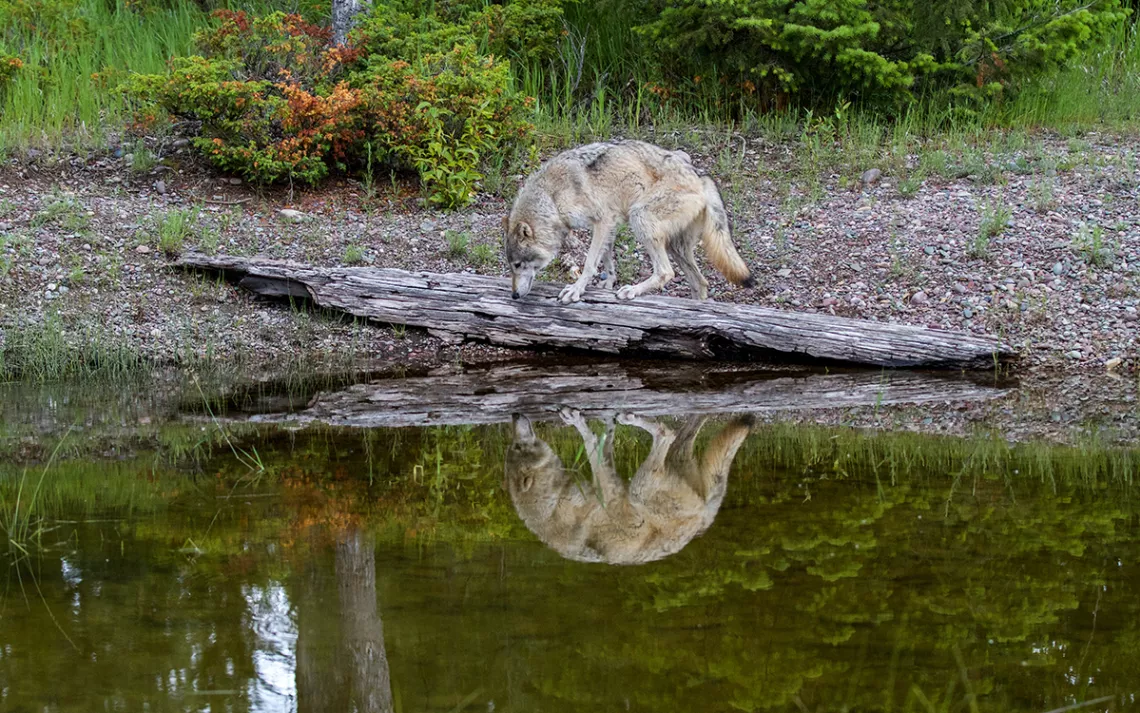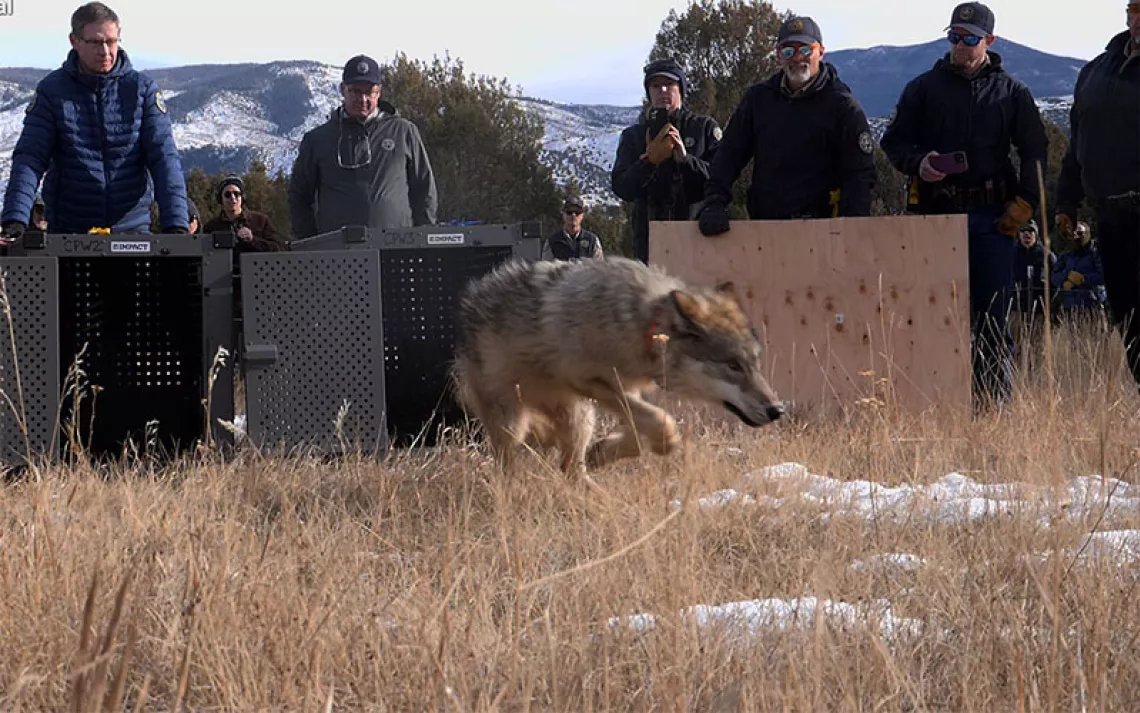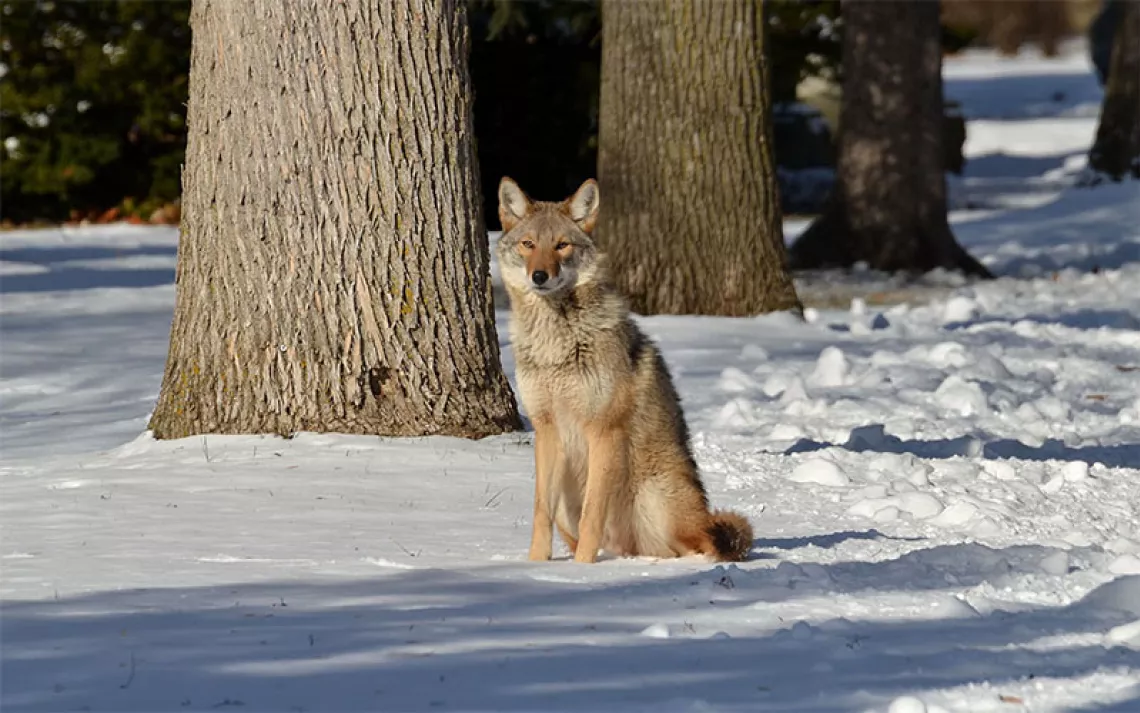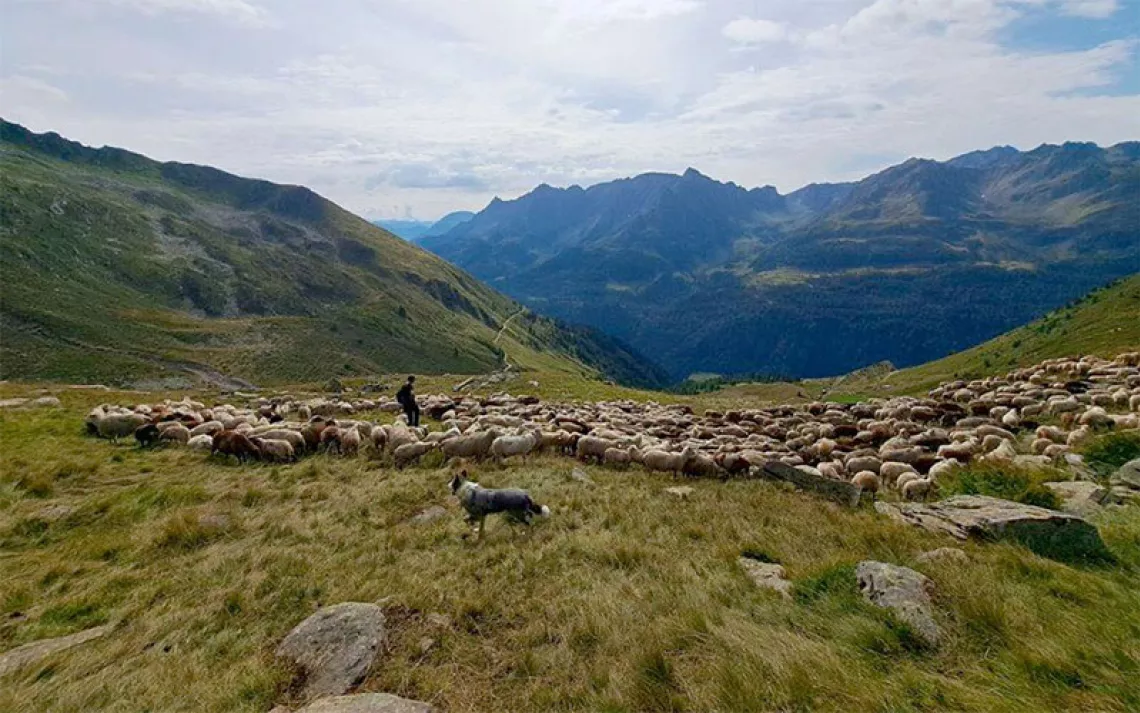Wolf Advocates Organize to Restore Protections for the Persecuted Species
Activists call for federal officials to withhold game-management funds

Photo by Dee Carpenter Photography/iStock
One year after the Trump administration removed Endangered Species Act protections for nearly all populations of gray wolves in the United States, wildlife conservation organizations and Indigenous nations are scrambling to restore safeguards for the beleaguered animal before 30 years of wolf restoration work goes down the drain.
In October 2020, the Trump administration finalized a controversial rule that removed all wolves outside of Arizona and New Mexico from the endangered species list and turned over management of the predator to the states. Since then, states including Idaho, Montana, and Wisconsin have chosen to expand how and when wolves can be killed. In April, the Idaho legislature passed a law that will allow up to 90 percent of the wolves in that state to be killed. Legislators in Montana have put into place new wolf-hunting laws that allow the use of choke-hold snares and extend the hunting season into breeding time.
Environmentalists say such laws fundamentally ignore the key role that wolves, as a keystone predator, play in maintaining healthy ecosystems. In response to the raft of anti-wolf legislation, wildlife advocates are urging the Biden administration to put back in place federal protections for the species.
Wildlife organizations have filed two petitions with the US Fish and Wildlife Service that include “substantial information that potential increases in human-caused mortality may pose a threat to the gray wolf,” in the words of the agency, which is now reviewing the status of wolves in the western United States.
This status review—despite just being a review and not a serious action of emergency reinstatement—“can’t happen fast enough,” said Bonnie Rice, the Sierra Club’s Greater Yellowstone senior campaign representative. “We’d certainly like to see a quicker response, given what’s going on in the Northern Rockies,” Rice said of poorly justified wolf killings and the Biden administration’s so-far tepid response.
By way of example, Rice pointed to three gray wolves (one yearling and two female pups) from a well-known pack in Yellowstone National Park that were killed by hunters in the first week after wolf season opened in mid-September. That episode is simply one of many that “really shows the dangers of managing wildlife populations through politics rather than science,” Rice said.
The next step for Fish and Wildlife is to conduct an in-depth status review and analysis that will lead to a finding on whether the gray wolf will be relisted. If the service decides a relisting is needed, then there will be another separate rulemaking process with public notice and comment.
While wolf advocates await a decision from USFWS, some wildlife activists are pursuing a parallel strategy of trying to use financial pressure to compel states to drop their anti-wolf laws.
The Global Indigenous Council, Public Employees for Environmental Responsibility, the Center for Biological Diversity, and 25 other Native American, conservation, and animal welfare organizations have petitioned Interior Secretary Deb Haaland to withhold federal wildlife management funding from states like Montana and Idaho that target predators, including gray wolves.
If the coalition’s petition is approved, states that allow baiting, snaring, aerial spotting, and shooting young animals in their dens would be ineligible to receive grants under the Pittman-Robertson Federal Aid in Wildlife Restoration Act. The disbursement of Pittman-Robertson monies—which are funded by gun and ammunition sales—can under law be tied to certain conditions, though they are rarely enforced.
“This federal money comes to the states with the idea that they would help them conserve wildlife,” said Colette Adkins, carnivore conservation director and senior attorney with the Center for Biological Diversity.
This year alone, states will receive approximately $1 billion in Pittman-Robertson grants, and that money constitutes a major portion of state game agency budgets. If states no longer received these grants, it “would be gigantic,” Adkins said. She is certain that states would repeal or amend their anti-wolf statutes and regulations if the Pittman-Robertson monies were withheld.
“They get hundreds of thousands of dollars a year. People talk about, ‘Hit them where it hurts,’ and that’s the pocketbook, right?” Adkins said.
“This is the Department of the Interior led by a Native American who will understand the sacredness of that relationship to the wolf and all things that are natural,” said Tom Rodgers, president of the Global Indigenous Council and a member of the Blackfeet Nation, who was one of the architects of the proposal to withhold Pittman-Robertson funds from wolf-hunting states. “It is not worshipping the almighty dollar.”
Dozens of Indigenous nations—including the Navajo Nation and Oneida Nation–are spearheading the wolf-relisting effort, arguing that the animal has a unique connection to their cultural traditions. Some tribal leaders are meeting with Interior Secretary Deb Haaland on October 29, the one-year anniversary of the wolf’s delisting, to call for emergency relisting.
Rodgers will be attending the meeting, along with a half dozen tribal leaders from the West. One main point Rodgers wants to make clear is the importance of tribal consultation, and he will emphasize that at the meeting with Secretary Haaland.
“Our world and our country are sick,” Rodgers said. “We’ve had the rape of our women. We’ve had the rape of our land. We’ve had the rape and killing of our brothers and sisters—the wolf, the grizzly. And now is the time for healing.”
 The Magazine of The Sierra Club
The Magazine of The Sierra Club



